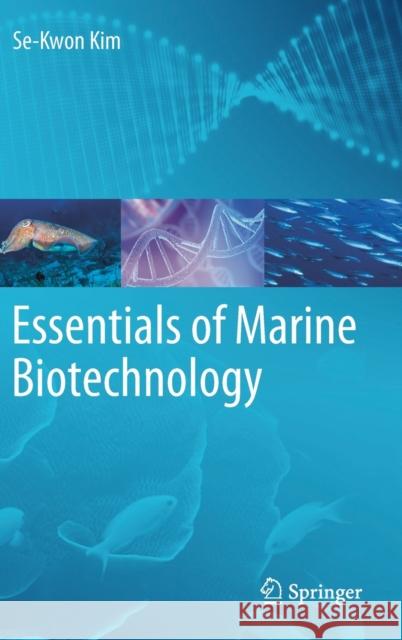Essentials of Marine Biotechnology » książka
topmenu
Essentials of Marine Biotechnology
ISBN-13: 9783030209438 / Angielski / Twarda / 2019 / 477 str.
Essentials of Marine Biotechnology
ISBN-13: 9783030209438 / Angielski / Twarda / 2019 / 477 str.
cena 288,47 zł
(netto: 274,73 VAT: 5%)
Najniższa cena z 30 dni: 287,12 zł
(netto: 274,73 VAT: 5%)
Najniższa cena z 30 dni: 287,12 zł
Termin realizacji zamówienia:
ok. 20 dni roboczych.
ok. 20 dni roboczych.
Darmowa dostawa!
Kategorie:
Kategorie BISAC:
Wydawca:
Springer Nature Switzerland AG
Język:
Angielski
ISBN-13:
9783030209438
Rok wydania:
2019
Wydanie:
2019
Ilość stron:
477
Waga:
0.87 kg
Wymiary:
23.39 x 15.6 x 2.69
Oprawa:
Twarda
Wolumenów:
01
Dodatkowe informacje:
Glosariusz/słownik
Wydanie ilustrowane
Wydanie ilustrowane











